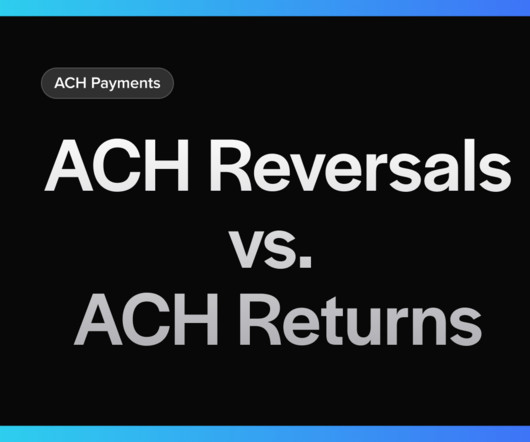What Is an ACH API and How Does It Work?
Stax
JUNE 23, 2025
Businesses use ACH API integration to lower payment processing costs, streamline high-volume or recurring payments, and improve payment status visibility. The operator will send the files to the recipient’s bank, which is called the RDFI (Receiving Depository Financial Institution). What is an ACH API?












Let's personalize your content